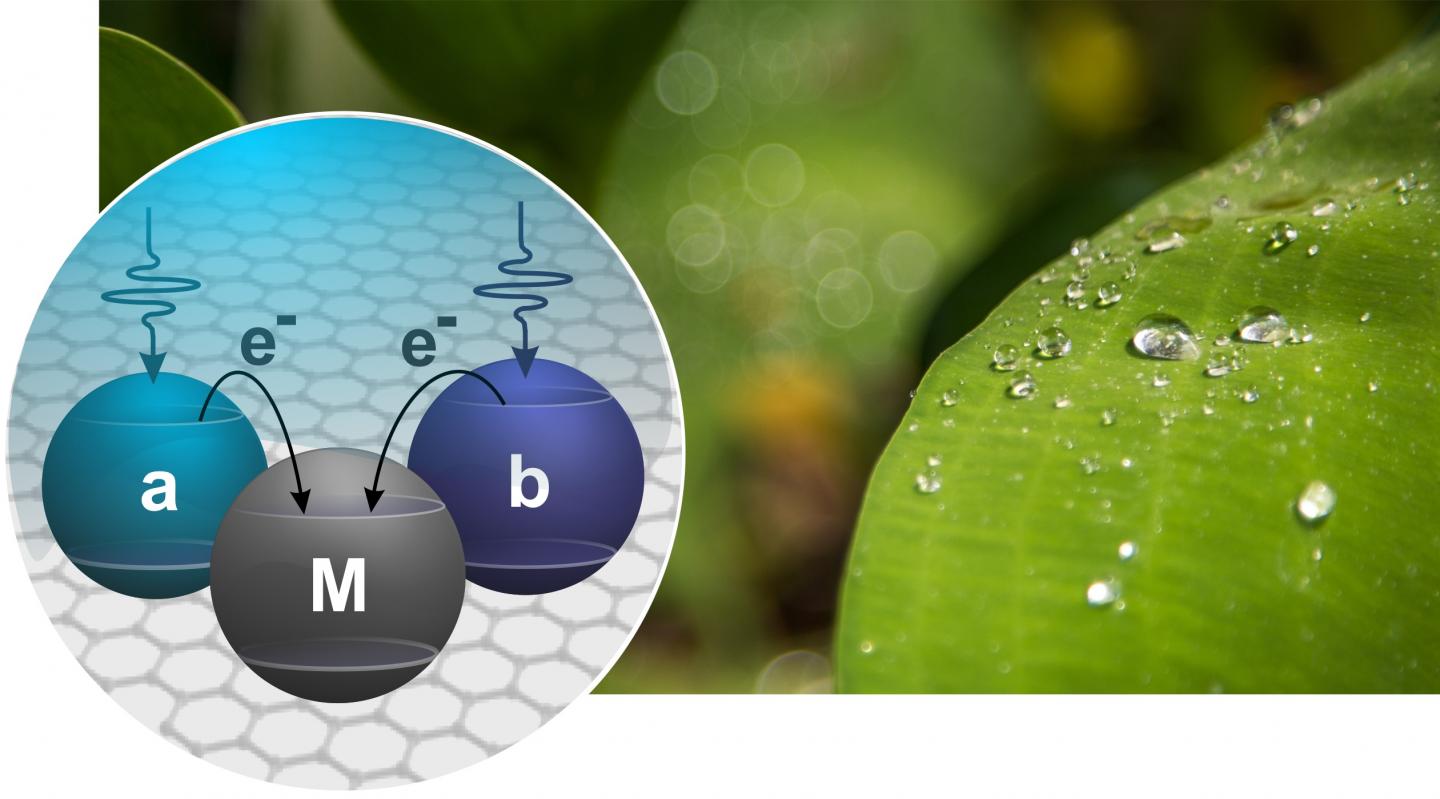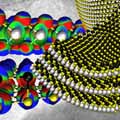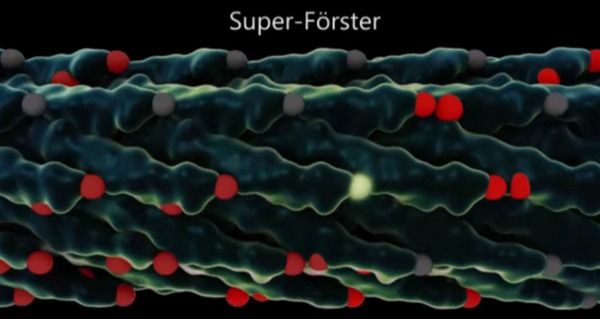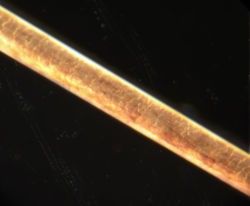In Brief
- By combining the fields of quantum physics and biology, researchers have developed more efficient solar cells inspired by photosynthesis.
- With current solar cells wasting about 80 percent of the energy absorbed, it will be interesting to see what future innovative approaches will allow in the pursuit toward universal clean energy.
Science once again reaches a milestone in technology by modeling it after nature. Researchers have devised a new type of highly efficient photocell by studying photosynthesis in plants.
Nathan Gabor, assistant professor for physics and astronomy at the University of California, Riverside, led research spurred by a simple question as to why plants are green. This eventually led to a quest to mimic plants’ ability to efficiently harvest energy from the Sun regardless of how erratic the sunlight is.









